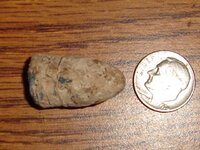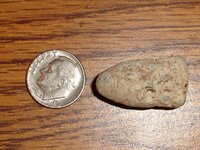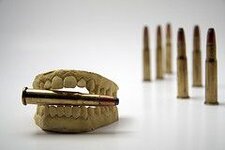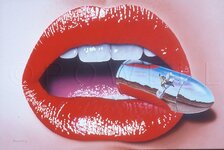relic lover
Bronze Member
- Jul 4, 2006
- 2,212
- 1,310
- Detector(s) used
- Minelab Explorer SE With a plethora of coils
- Primary Interest:
- All Treasure Hunting
I found my first mini today it looks unfired but it looks like teeth marks what do you think? Anyone know what era or type it is?












